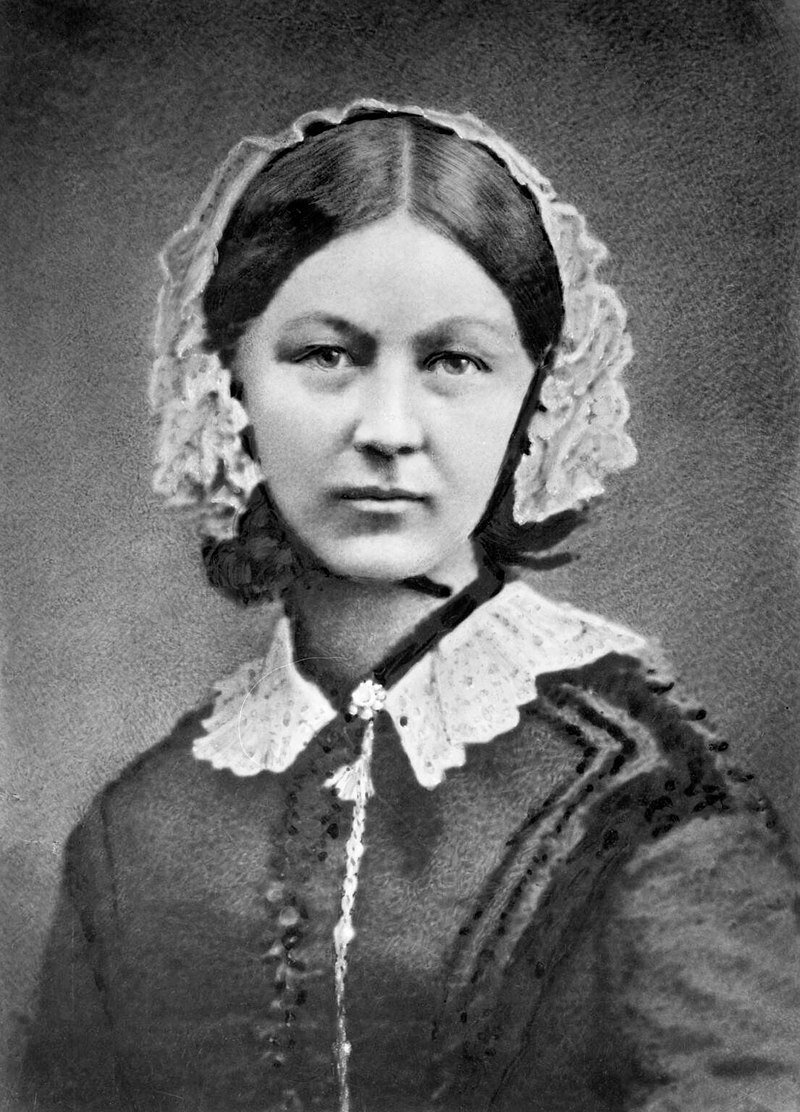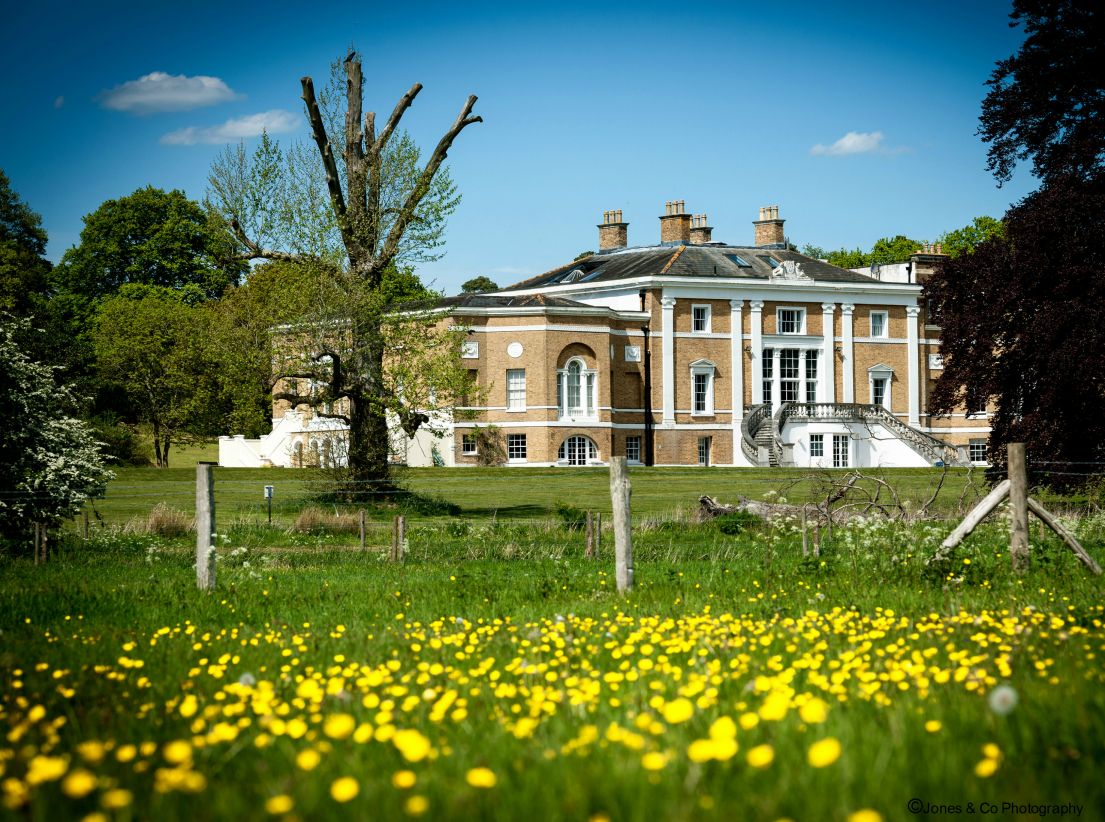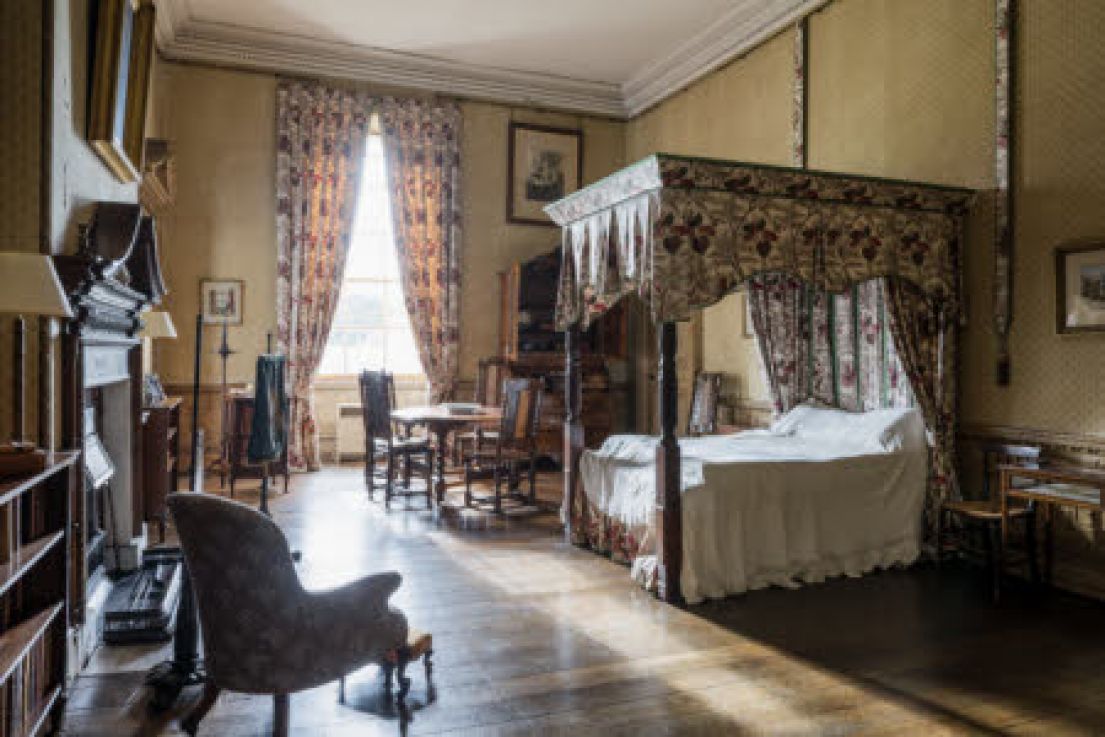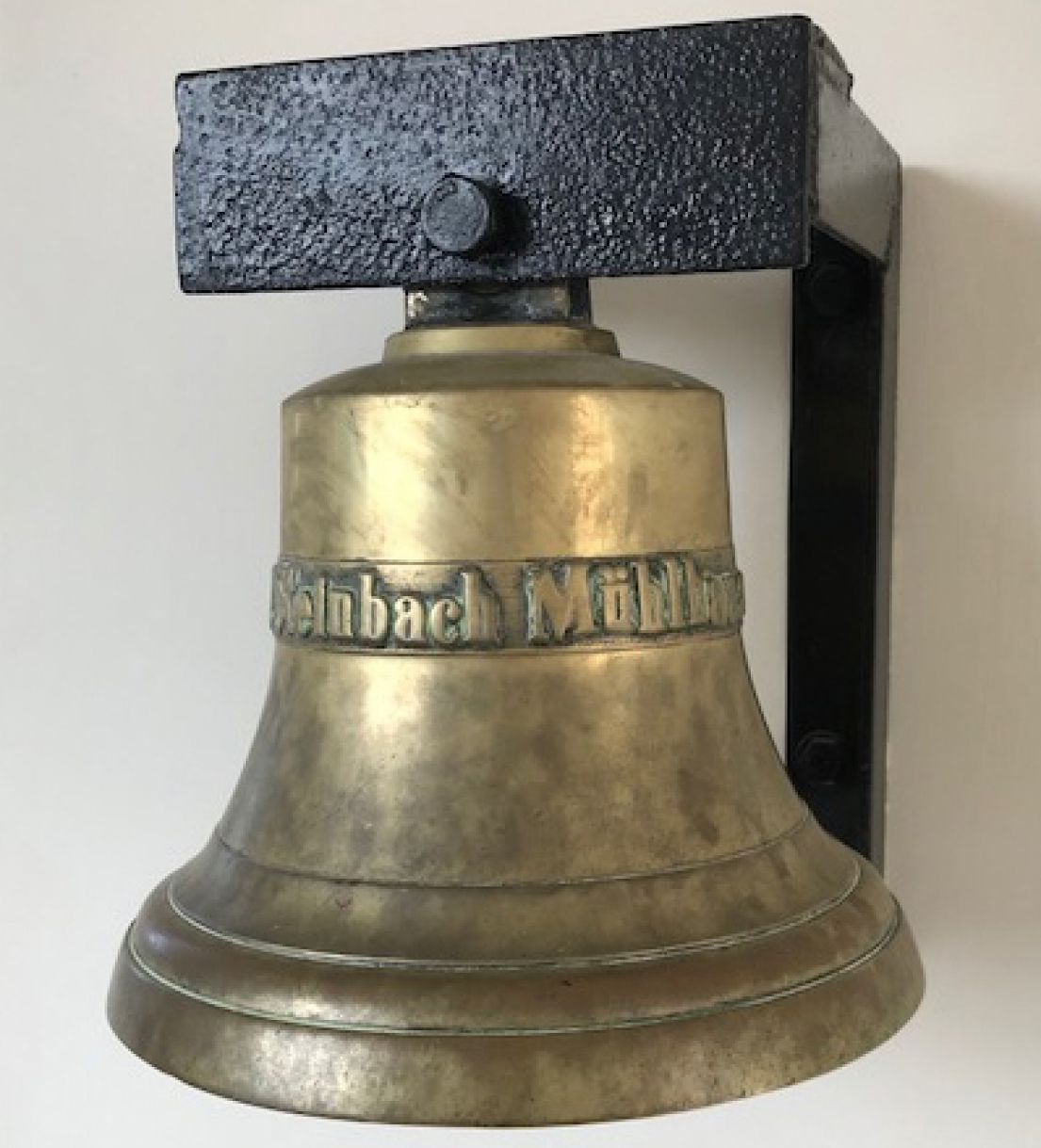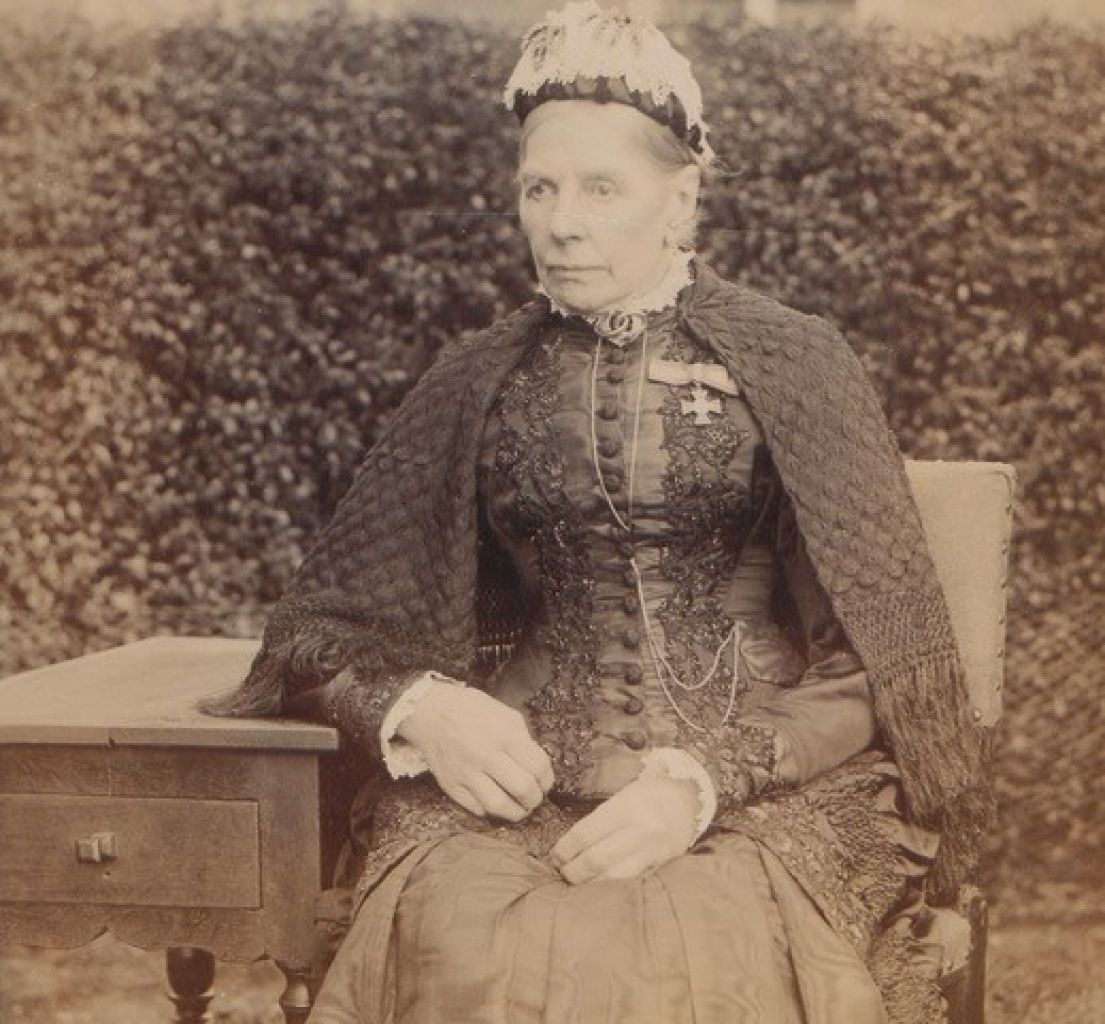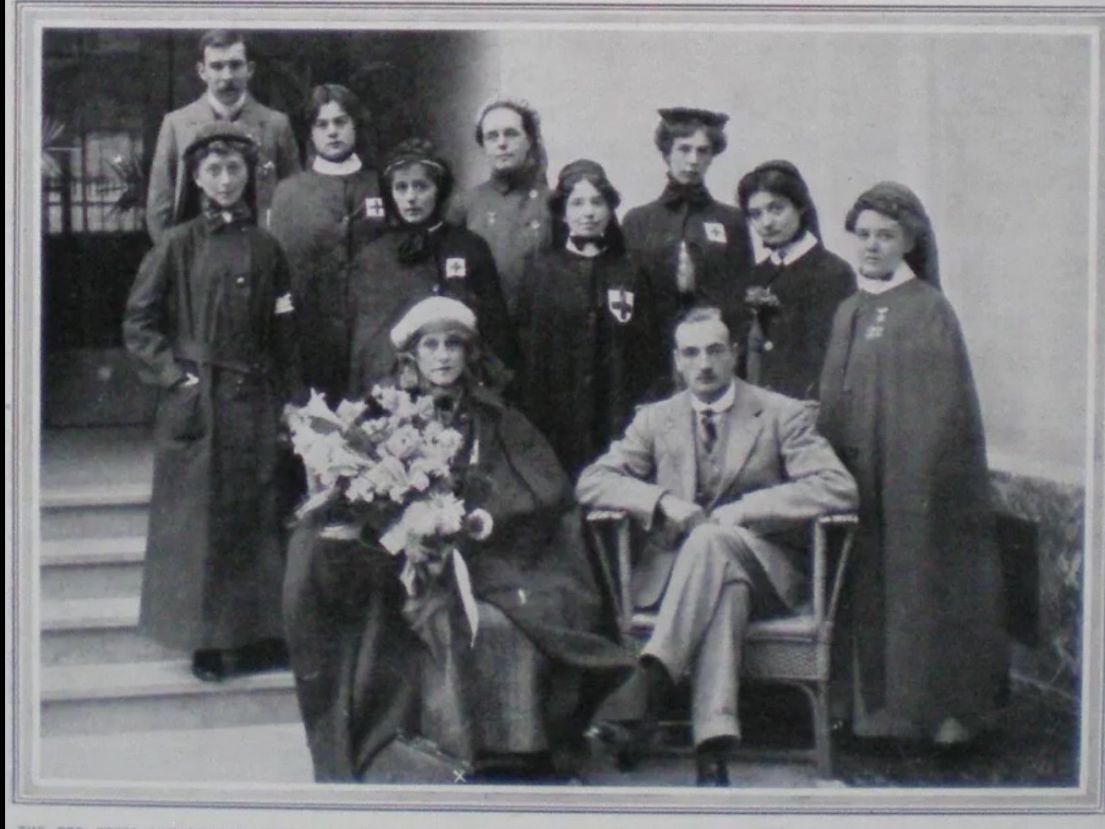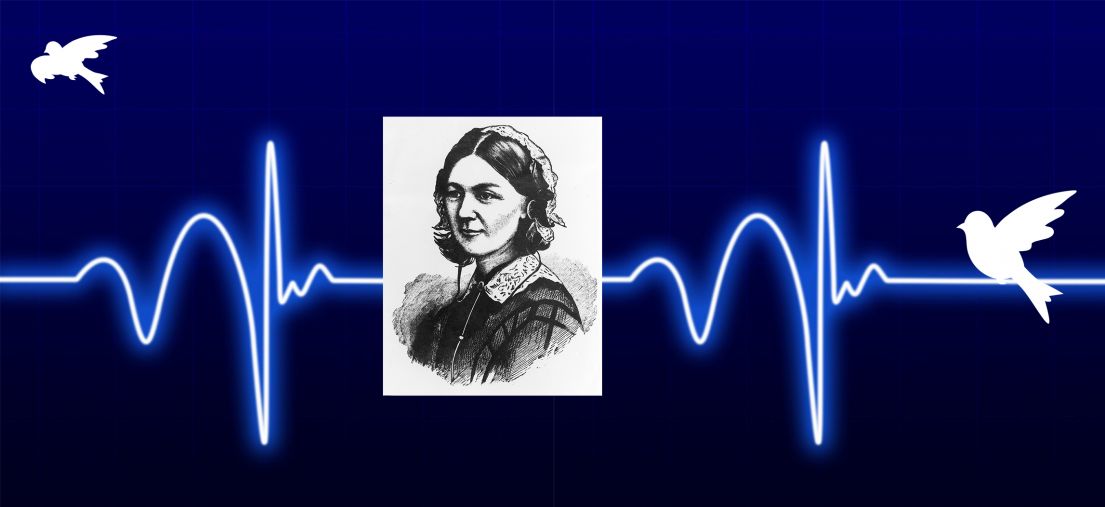
Introducing Florence
Florence was born in Italy (named for the city of her birth) to a wealthy family. She was expected to marry well and live the usual life of a society lady, but Florence had other ideas, and the will and determination to see them through. Against all convention she pursued a career in nursing (shock, horror, this was considered pretty disreputable for ‘ladies of quality’ at the time – how odd that seems now!). After leading gruelling but pioneering work in the Crimea she returned home to acclaim and devoted the rest of her life to advising on the development of hospitals and nursing as a profession.
Finding Florence
Beyond Florence – more nightingales
Ann’s story
Winsford’s song for nightingales

Past-Present-Future
Another hospital founded by a wife in memory of her husband was Ripley in Lancashire, though not used as a hospital in the nursing sense, but rather as a school and orphanage. Today though Ripley St Thomas Academy does indeed host some remarkable nightingales – its sixth form is providing a training centre for NHS staff from the nearby Royal Lancaster Infirmary and its design technology department have been making protective equipment for nurses and other frontline workers.
Today’s Nightingales
A huge THANK YOU to all careworkers.
Here are just some of the amazing nightingales amongst our festival community...
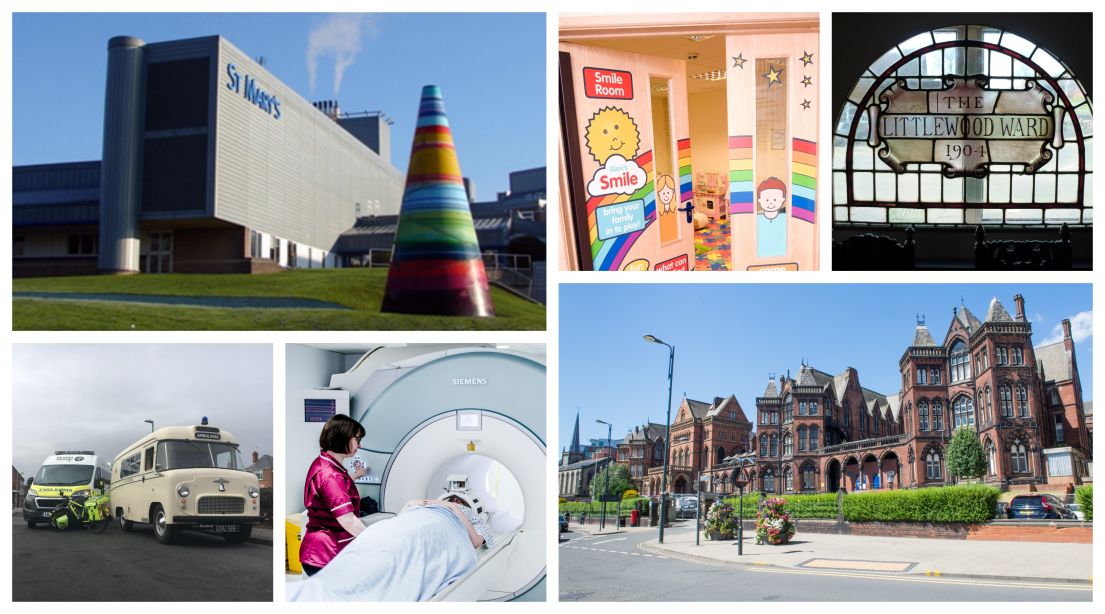
Find out more
Florence
- Florence Nightingale Museum - For all things Florence, check out the fantastic Florence Nightingale Museum which has digitised a huge collection of her letters, and created this excellent exhibition for her bicentenary year
- For more on Florence – including a collection of Florence dolls, check out this great post from the National Trust
- Hampshire Record Office - Discover several of Florence’s letters in their archive, and their education pack for schools gives a great introduction to her life and work
- The Riverside Museum in Chester - Amongst their collection charting the history of medicine, nursing, midwifery and social work, there is also a letter Florence wrote whilst in the Crimea
Other nightingales and nursing stories
Many thanks to the local organisers who contributed their Nightingale stories particularly Wendy Freer of Pudding Bag Productions, Fiona & Kasia at The Landmark Trust, Ros at Lancaster City Council.
Other references:
https://www.nursingtimes.net/opinion/history-of-nursing-08-05-2014/ / http://www.hants.gov.uk/rh/archives/florence.pdf / https://www.waverleyabbeyhouse.org.uk/function-rooms-surrey / https://www.cwr.org.uk/training/history / https://www.nationaltrust.org.uk/claydon/features/florence-nightingale-and-claydon-house / http://fortpitt.medway.sch.uk/new/our-school/local-and-community-history / https://www.landmarktrust.org.uk/search-and-book/properties/winsford-cottage-hospital-42977/#History / https://www.ripleystthomas.co.uk/main-school/brief-history / https://twitter.com/RipleyDandT / https://www.baylearningtrust.com/news?n=50

